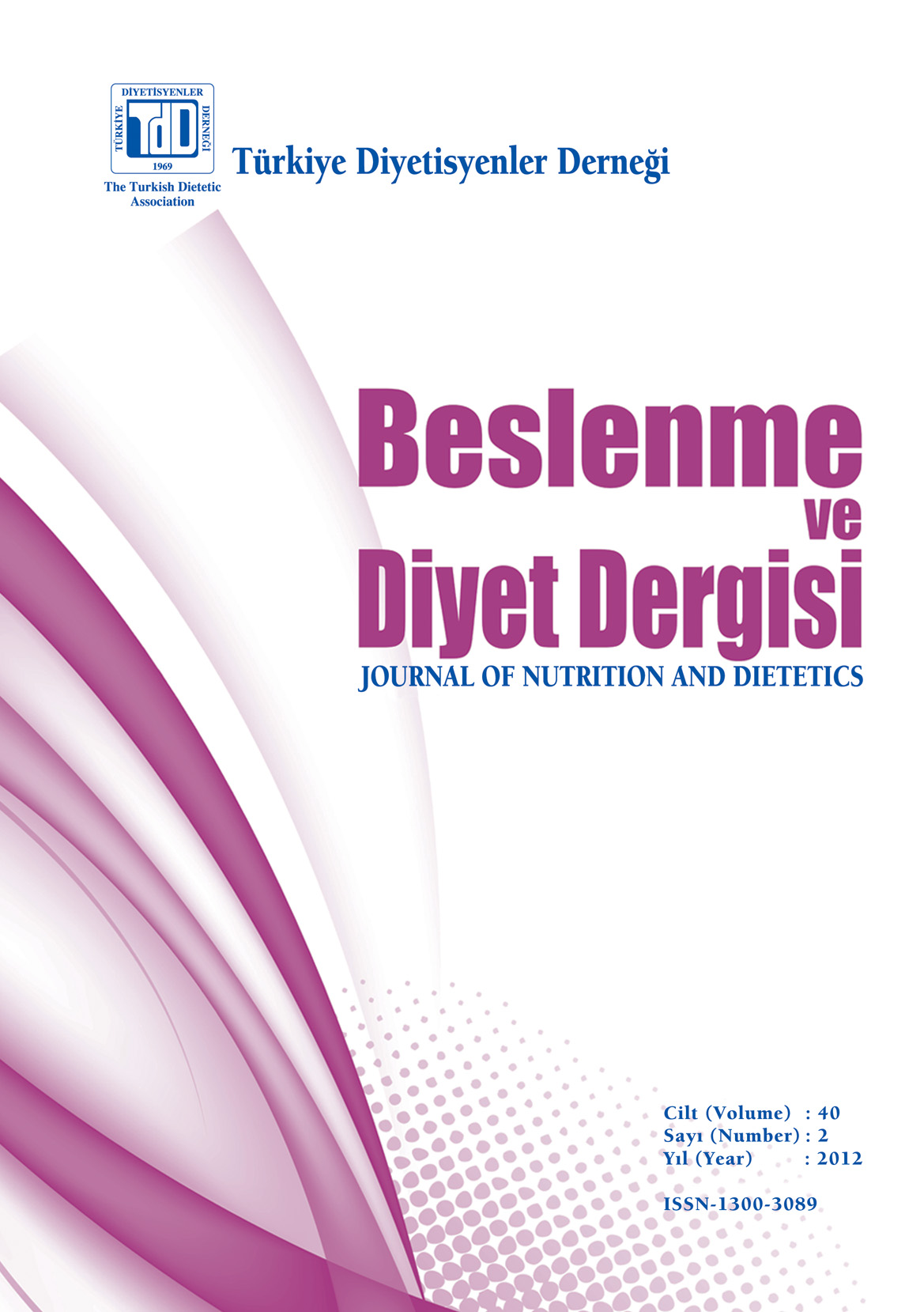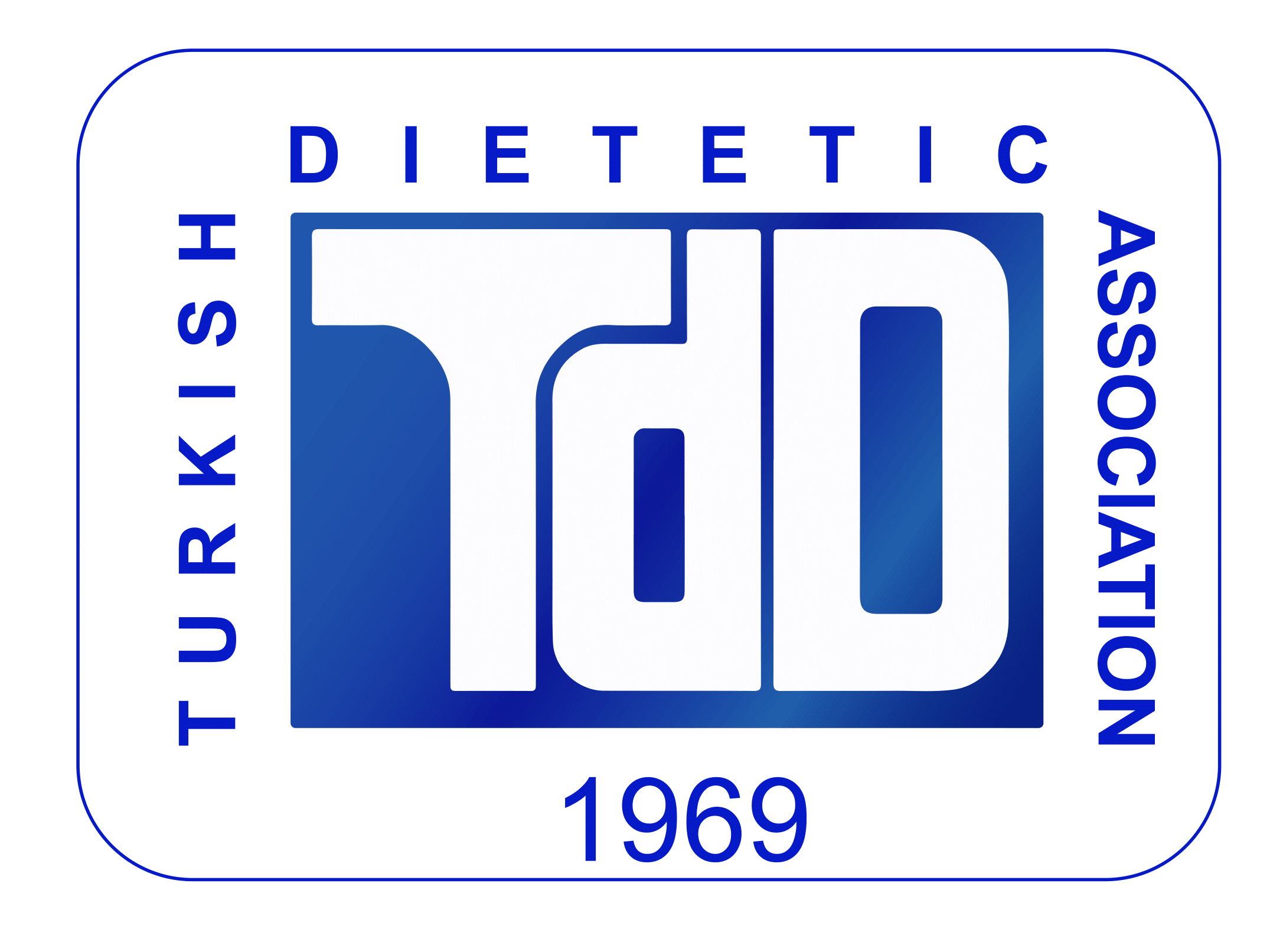Glucosinolates and Health
Keywords:
Functional foods, brassica vegetables, glucosinolates, isothiocyanateAbstract
Firstly defined in the beginning of the 17th century, glucosinolates are nitrogen and sulphur containing secondary plant metabolites that give Brassica vegetables such as cabbage, broccoli, cauliflower their characteristic strong taste and smell. When the plant cell is damaged by external factors like chewing, cutting, heating or insect attack; glucosinolates are hydrolised by the enzyme called myrosinase to release breakdown products that have antioxidant, antimicrobial and anticancerogenic biological activities. Isothiocyanates, the major breakdown products of glucosinolates under neutral pH, exhibit their anticancerogenic activity mainly by inhibiting phase-1 enzymes that have role in the beginning of carcinogenesis and inducing phase-2 enzymes that have role in the inhibition of carcinogenesis. Among different isothiocyanates, sulforaphane, the breakdown product of glucoraphanin that is the major glucosinolate in broccoli, has been shown to have the strongest anticarsinogenic activity. Although epidemiological studies have indicated some associations between Brassica vegetable consumption and reduced risk of some cancer types and cardiovascular diseases, it is emphasized that the genetic variations that effect the metabolism of glucosinolates may interfere these associations. Also, the storage, preparation and cooking conditions affect the amount and the bioavailability of glucosinolates in foods. In order to maintain good health, it is recommended to consume 5-9 servings of fruits and vegetables per day, but there isn’t any specific recommendation for Brassica vegetable consumption that is internationally accepted yet.

